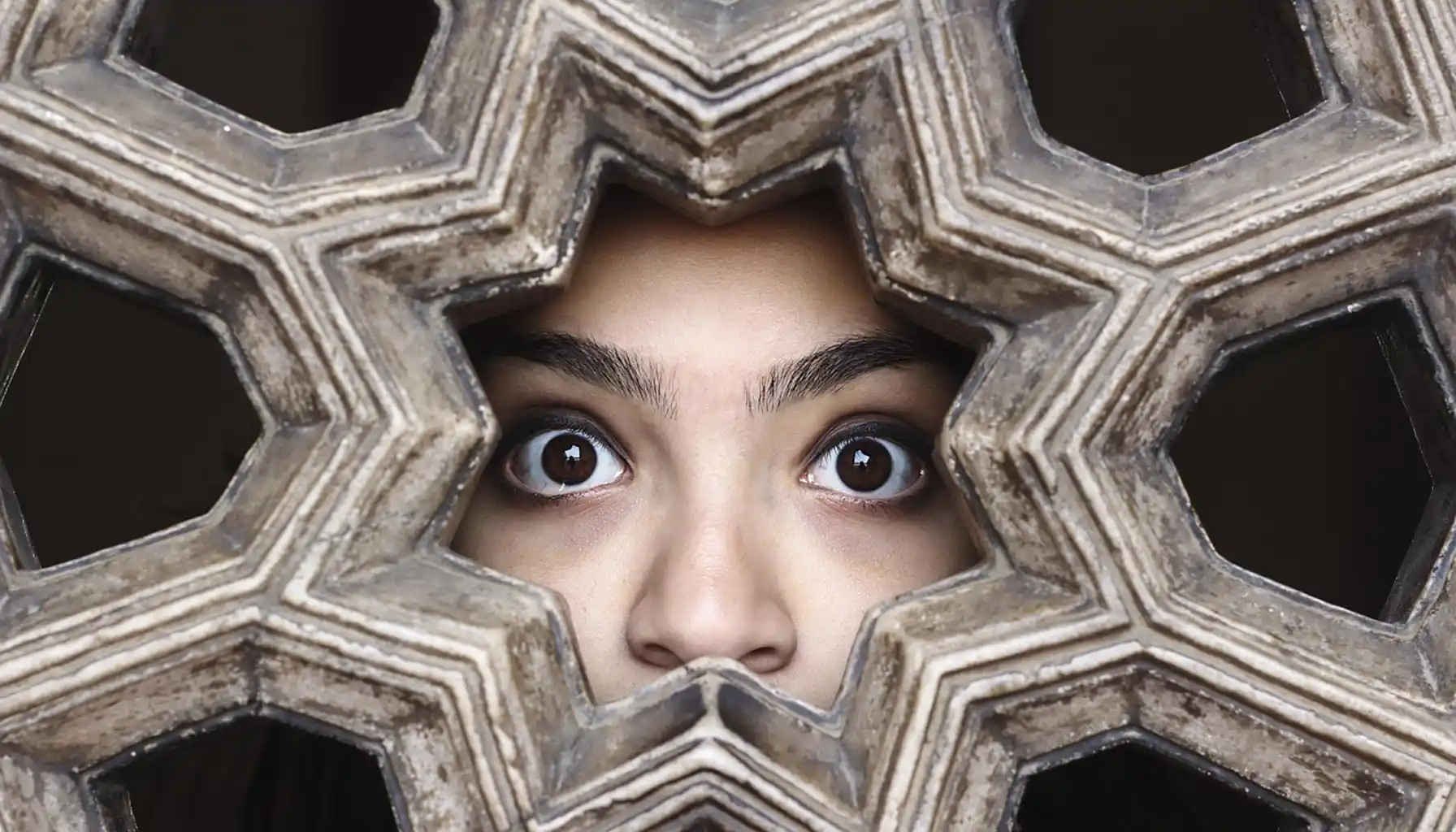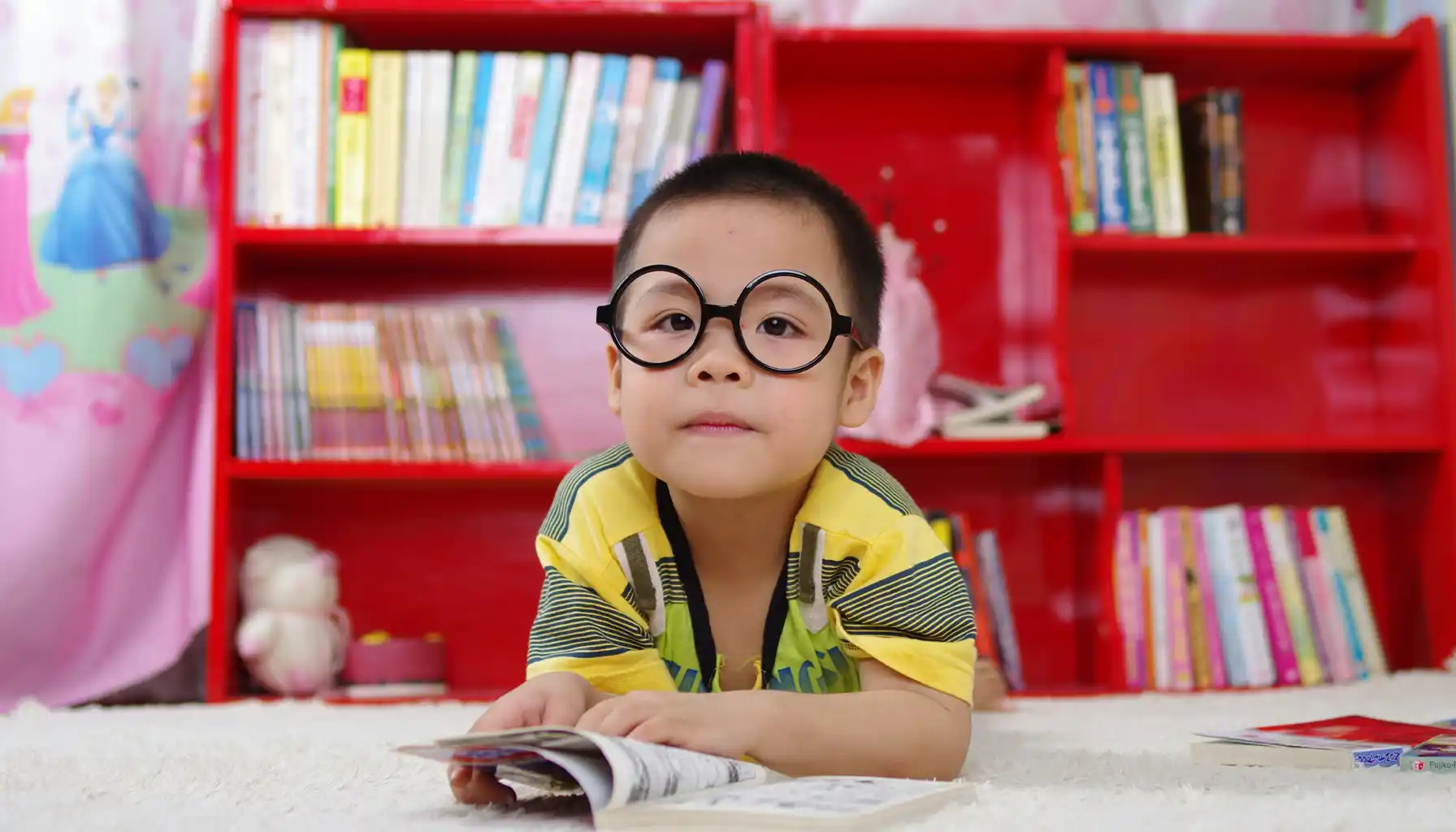What Is Coulrophobia? The Fear of Clowns Explained
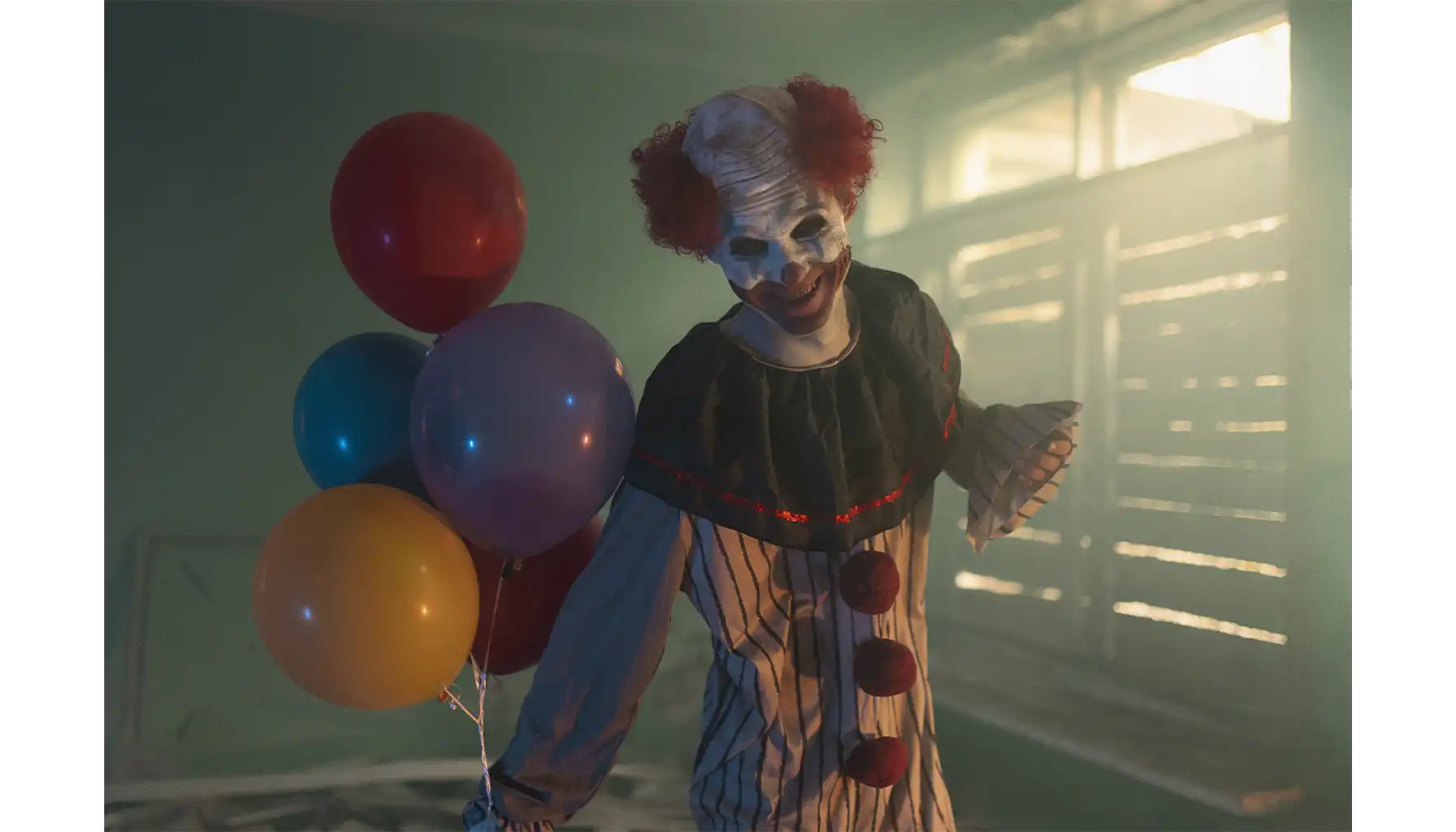
Contents:
"When the heroes go off the stage, the clowns come on."
Red nose, white pale skin, an exaggerated smile frozen in paint – clowns are meant to bring laughter and joy, yet for many, they are the most unpleasant, obnoxious creatures ever born. This paradox is quite curious: once, a clown was a core of commedia dell'arte, i.e., the Renaissance Italian theatrical tradition where comic figures were to balance the drama of heroes with lighthearted humor.
It was a character full of tragedy, yet a mask of laughter concealed miseries and woe. Over time, however, the image of the clown changed. The 20th century was full of darker versions of a comic trickster – Stephen King’s Pennywise, the Joker in Batman, and countless “killer clowns” all contributed to the idea that beneath the colorful cover may be concealed something sinister.
Today, this duality is reflected in coulrophobia, i.e., the fear of clowns. But what is the true coulrophobia meaning? How can it manifest, and why is cognitive training considered a viable option for those who struggle with it?

What Is The Fear of Clowns Called? A Clinical Definition
The first step toward a healthier, more serene living requires us to define coulrophobia from its clinical perspective. The fear of clowns phobia, which is the main subject of the article, refers to the irrational and excessive distress triggered by theatrical features associated with the uncanny appearance of clowns, i.e., clown costumes, exaggerated facial expressions, painted smiles, concealed emotions, and their piercing eyes.
Although most children do not like clowns as they are, the phobia generally means something more severe, serious, and uncontrollable, with unpredictable consequences, such as depression, panic attacks, or even physical pain, the causes of which cannot easily be justified. The sight of a clown is a powerful trigger, yet many cultures use it as a symbol of entertainment and delight.
*Coulrophobia etymology: This term was coined on the basis of the Greek word koulon (meaning “stilt” or “stilt-walker”) and phobos (“fear”), originally referring to the fear of stilt-walkers, as clowns often incorporated stilts into their performances.
Historical and Cultural Roots
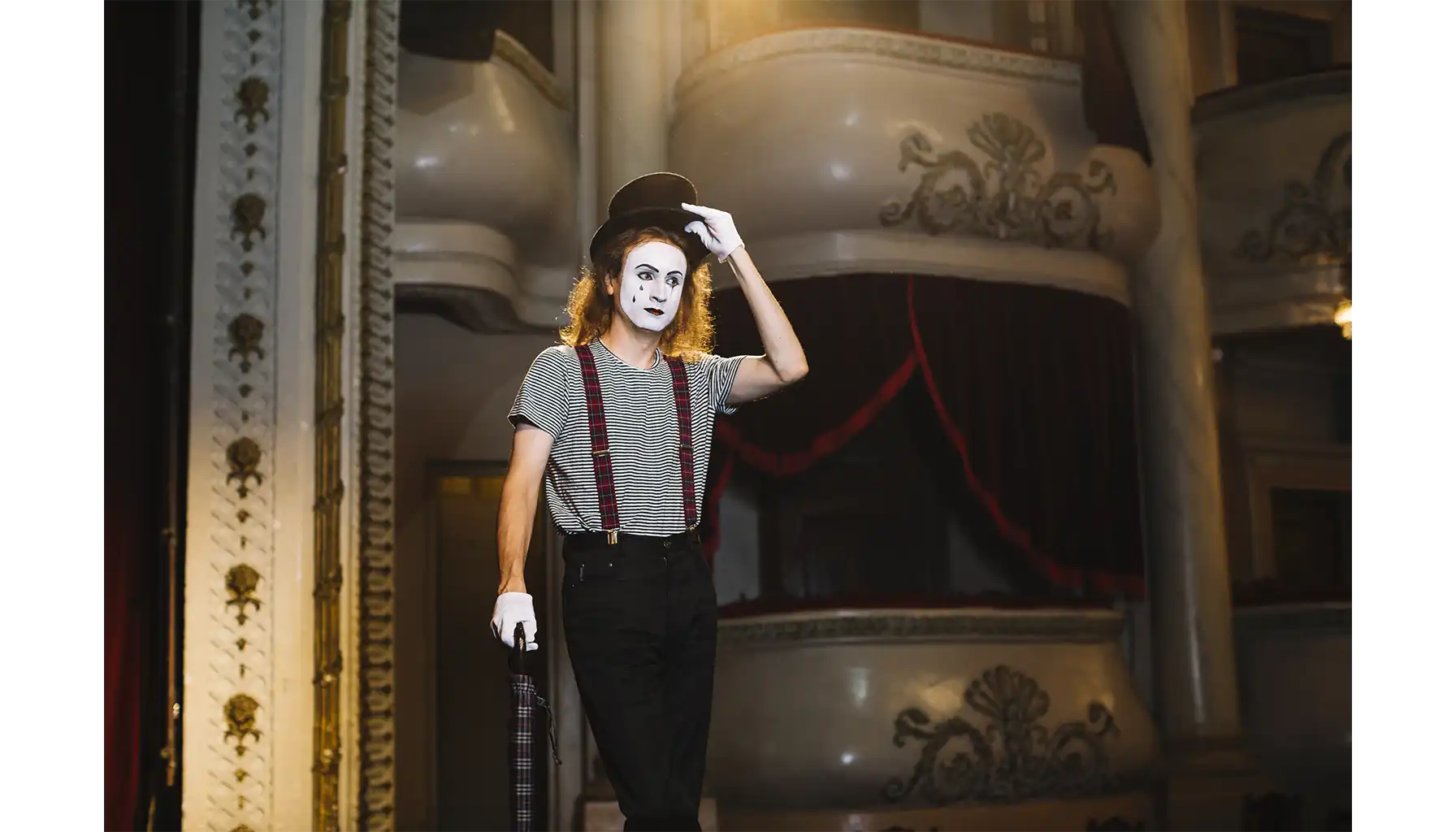
The history of buffoonery goes back to the times of Ancient Egypt, and so does the history of fear. The clown appearances with distinctive make-up solutions, costumes, behavioral peculiarities, and facial expressions were designed to entertain, but just like any other entertaining tool, this may unintentionally provoke strong emotions, e.g., anxiety or unease.
Within the framework of European tradition, clowns were mainly associated with laughter and consequent chaos or trickery. The painted mask-like faces, oversized shoes, and exaggerated expressions have always been part of the theater (e.g., in Ancient Greece or Rome), yet only when accompanied by the elements meant to make people laugh, they create a sense of the uncanny: human traits distorted just enough to appear unfamiliar and unsettling.
Modern media channels have also affected the way people see clowns. Horror films, novels, and TV shows more and more frequently exploit the unsettling combinations in frightening scenarios (e.g., sinister, malevolent clowns). Famous examples include Pennywise from Stephen King’s It, Twisty the Clown from American Horror Story, or the infamous Joker from the Batman franchise. All of them are creepy, yet the creepiness makes them appealing, too.
Related articles: How to Deal with Claustrophobia: Signs, Causes, and Remedies
What Causes Coulrophobia?
Clowns can be equally terrifying, yet the coulrophobia causes generally differ. This, though, comes down to psychological, environmental, and social factors, which constitute one's identity and define their reactions to outer irritants. So, why may this phobia appear?
Cause | Description | Examples |
Early Negative Experiences | Traumatic or alarming encounters with clowns during childhood. | Birthday parties with scary clowns, circus visits, surprises. |
Uncanny Appearance | Exaggerated facial features, heavy makeup, and masked expressions that trigger discomfort. | Large red nose, painted smile, distorted facial features, hidden emotions. |
Media Influence | Exposure to horror films, books, or TV shows portraying clowns as sinister or unpredictable. | The above-mentioned characters from famous films, TV shows, video games, etc. |
Learned Behavior | Fear developed by observing anxious reactions in parents, peers, or other role models. | Children copying parents’ or siblings’ fear of clowns. |
Genetic/Anxiety Predisposition | Those with a general tendency toward genetic anxiety or social phobias are more susceptible. | Existing social anxiety, other specific phobias, heightened emotional sensitivity. |
Cultural Associations | Negative cultural narratives or folklore depicting clowns as tricksters or threatening figures. | Urban legends, creepy clown sightings, horror-themed carnival imagery. |
Coulrophobia Symptoms and Manifestations
In general, the forms of manifesting the fear are different, though the overall psychological picture may seem similar. As such, symptoms of coulrophobia fall into several categories, namely psychological, emotional, physical, behavioral, cognitive, and social. So, let us review them one by one.
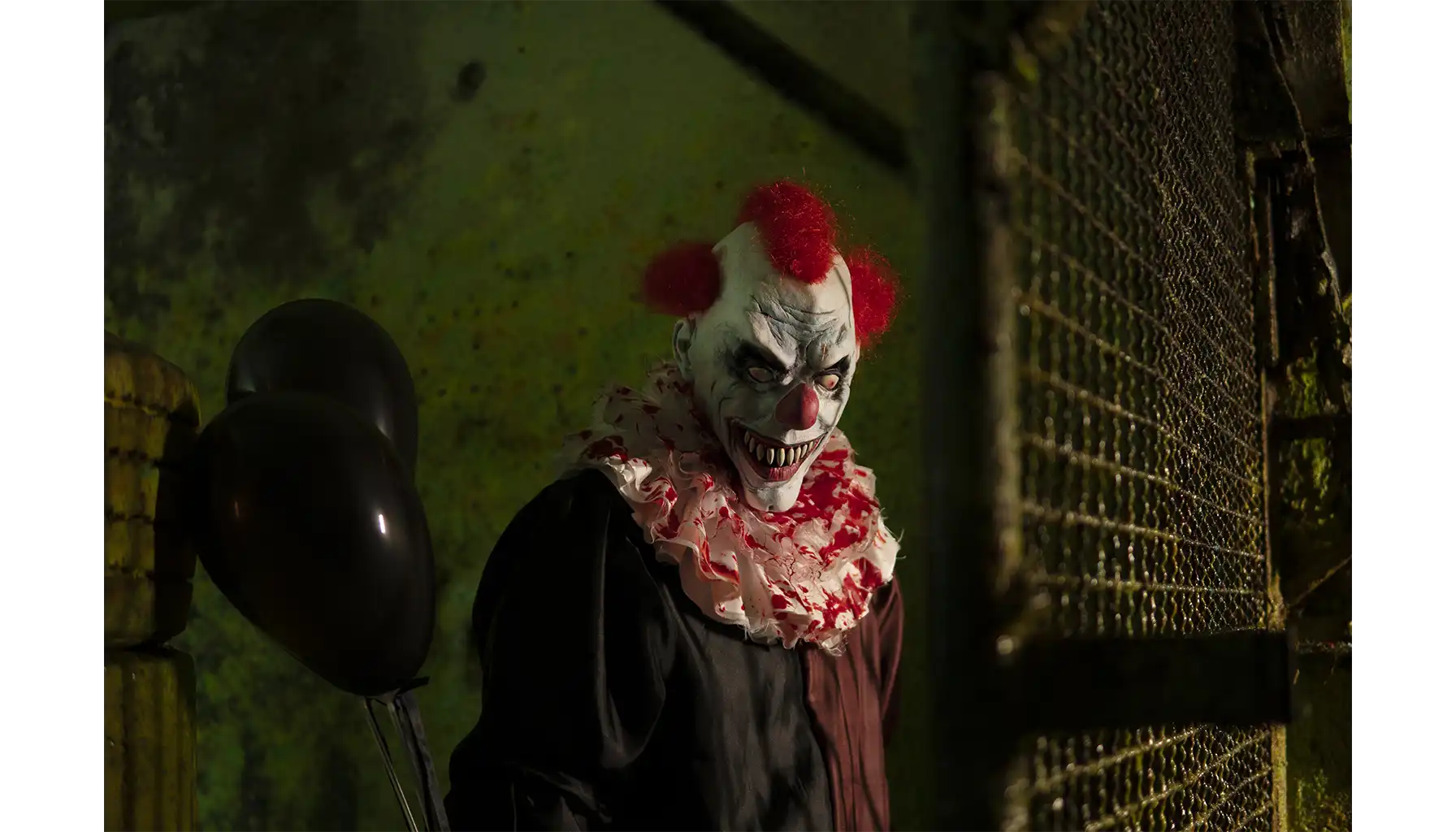
Psychological
Intense fear, dread, or anxiety when encountering clowns
Panic or overwhelming distress even at the thought of clowns
Emotional
Feelings of helplessness, unease, or agitation
Crying, irritability, or heightened emotional sensitivity
Physical/Physiological
Sweating, trembling, rapid heartbeat, shortness of breath
Nausea, dizziness, headaches, or muscle tension
Panic attacks in severe cases
Hypervigilance or heightened startle response
Behavioral
Avoidance of situations where clowns may appear
Skipping circuses, birthday parties, horror films, or fairs
Avoiding decorations, costumes, toys, or even media references to clowns
Cognitive
Catastrophic or irrational thoughts about clowns
Belief that clowns are unpredictable, threatening, or capable of harm
Obsessive thinking about clowns after an encounter
Social
Difficulty participating in social events where clowns might be present
Anxiety affecting school, work, or recreational activities
Nightmares or sleep disturbances related to clowns
All in all, any phobia deserves attention and treatment, for living with constant stress and fear may gradually affect daily processes for the better. The only viable option is to consult healthcare specialists and follow the guidelines to keep it safe and effective in the long run.
Treatment for Coulrophobia and How to Cope
Indeed, coulrophobia is the fear of clowns, but the treatment should focus on managing the anxiety and restoring daily functioning rather than simply eliminating the fear overnight. Here are a few treatment types to make the process of healing more structured and long-lasting.
Cognitive-Behavioral Therapy (CBT)
Cognitive-behavioral therapy is by far the most popular type of treatment, which helps patients recognize and alter negative thought patterns and behaviors related to their phobia. The therapy usually involves fear identification, challenging, and constant coping practice.
Pros ✔ Clinically proven ✔ Can be adjusted to one’s needs ✔ Provides long-term coping tools | Cons ✖ Requires commitment and multiple sessions ✖ May be emotionally challenging at first |
Exposure Therapy
Apart from CBT, one may also try exposure therapy, i.e., the method of gradual exposure to the object of fear (in this case, clowns) in a controlled, safe environment to desensitize the fear response. This may be conducted both in the real world and in VR so as to recreate as many scenarios as possible and make it easier to endure.
Pros ✔ Directly targets the source of fear ✔ Often leads to significant improvement in anxiety symptoms ✔ Can be combined with CBT for stronger results | Cons ✖ Can be stressful initially ✖ Requires guidance from a trained therapist (may require equipment, too) |
Cognitive Training
It is always vital to promote your own health from the inside. Cognitive training, for instance, with structured games and exercise, may help one improve mental skills such as memory, attention, logic, and emotional regulation to manage anxiety triggers better and more profoundly. Platforms like Mind Elevate usually offer:
Memory Games to enhance retention and recall
Attention Games to improve concentration and focus
Logic Games to develop reasoning and decision-making skills
Math Games to boost mental calculation and fluency
Music Games to enhance auditory perception and pattern recognition
Pros ✔ Engaging, interactive, and often enjoyable ✔ Strengthens cognitive control over anxiety and stress ✔ Promotes emotional sobriety ✔ Can be done at home and at one’s own pace | Cons ✖ Effects are supportive, not a standalone cure |
Even the most persistent fears can be managed. Take your time and find the most appropriate way to get rid of it once and for all.


